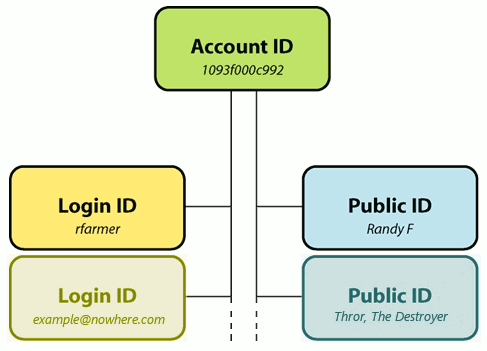Everybody knows that for customer-facing Web sites, user engagement is a big deal.
But how important is it for internal users of enterprise software?Enterprise software does a lot of things very well. It can help companies in their efforts to achieve greater control over their processes, make sure orders are fulfilled on time, keep supply chains running smoothly, whatever. Who cares whether internal users of these advanced systems are satisfied with how they interact with them? This is a question that’s being asked a lot more frequently these days, as companies debate the merits of giving users the same types of smooth, intuitive experiences they enjoy elsewhere. Does it really matter? Or is user engagement just unnecessary window dressing for internal users?
Here’s the debate.
Point Counterpoint Yawn.
There are more important issues to deal with
It’s more important to focus on underlying processes, data and implementation. It doesn’t have to be pretty. An intuitive user experience is one of the simplest ways to make sure your focus on processes, data and implementation pays off. Without adoption and use, investments in processes and tools will never deliver their intended value. It’s risky. Expect marginal returns on a significant investment of resources. Wouldn’t it be smarter to spend that time on other things? It may have been risky five or ten years ago, but the technology that’s available today changes the game. There are tools that make creating a robust, high-quality user interface easier than ever before to enhance workflow and system controls. Despite all the internal whining, the out-of-the-box user experience for these legacy enterprise applications isn’t that bad. Plus, the makers of these apps are actively working to improve the experience with every release. There are a ton of examples of intuitive, user-friendly systems that most people frequently use that are much easier/useful than the legacy enterprise application tools they are forced to use. Most major retailers provide excellent examples of simple effective UI design. Go visit one of them and compare/contrast your interface. Case closed. We’ve been doing things more or less the same way for years. It may not be perfect, but it’s working. What could your users accomplish if they didn’t have to work around a bunch of artificial technology silos?
Point Counterpoint It’s a big deal.
Improving the user experience is an excellent way to get more return on big investments in enterprise software
If you get it right, user experience can reduce training costs, increase adoption rates and make employees more effective. Isn’t that worth it? Training costs aren’t that high to begin with and there are other ways to drive adoption. I don’t care if they think it’s pretty. New tools and standards like Livecycle, Silverlight and HTML5 provide the foundation for video, dynamic content and personalization - with data integration features to tie into existing legacy custom or packaged applications. New tools? That’s just adding more technical complexity somewhere else – not to mention raising costs upfront and through the life of the system. This is a chance to create real consistency across systems, which will result in a more user-centric (rather than system-centric) environment. That’s a big deal. Users should be smart enough to be able to transition from system to system. And if they’re not, we can train them. This isn’t rocket science.
Nice nod to LiveCycle in the 'big deal' and standards category. THis is not just Feng Shui for business though, make no mistake, its a competitive battle-field where users are choosers and not sucking makes a big difference.
Posted via web from bitpakkit









 I hate to think that all that postulation and chest-beating took place from Apple with regards to their stance on Flash took place just to help advance the cause for something exactly the same as Flash, just different in that it was created and owned by Apple. I thought it was all about HTML5, which made even less sense to me, now that I think about it.
I hate to think that all that postulation and chest-beating took place from Apple with regards to their stance on Flash took place just to help advance the cause for something exactly the same as Flash, just different in that it was created and owned by Apple. I thought it was all about HTML5, which made even less sense to me, now that I think about it.


